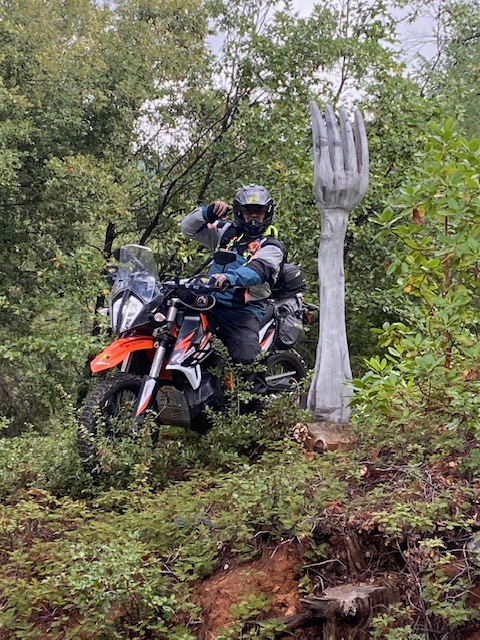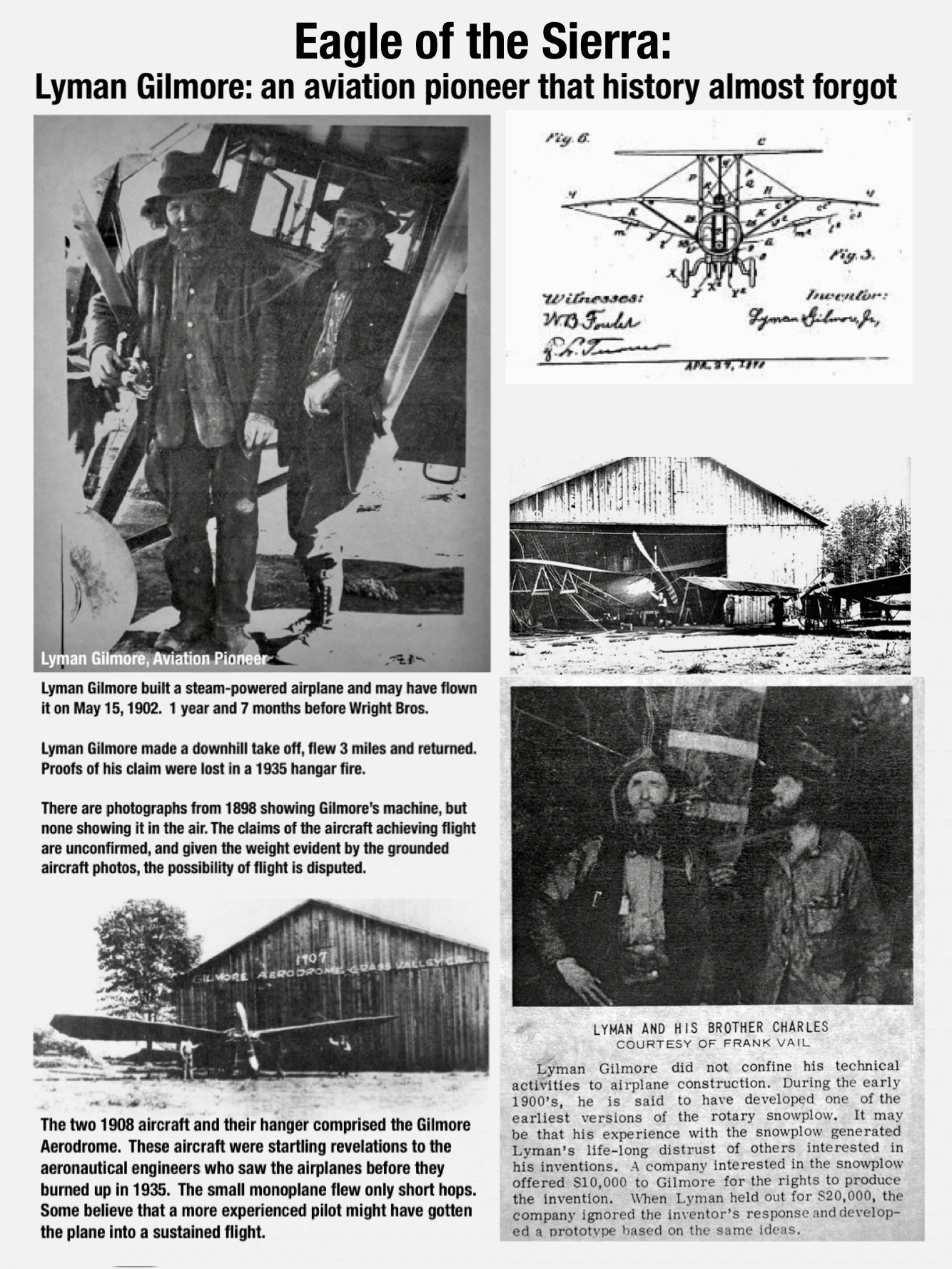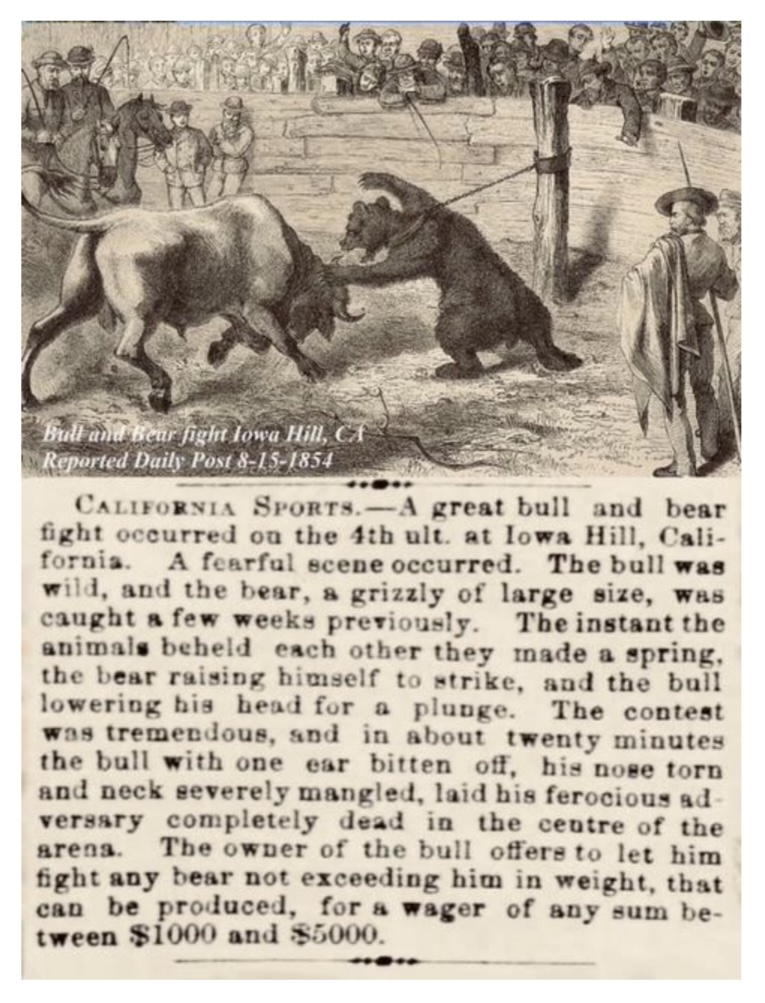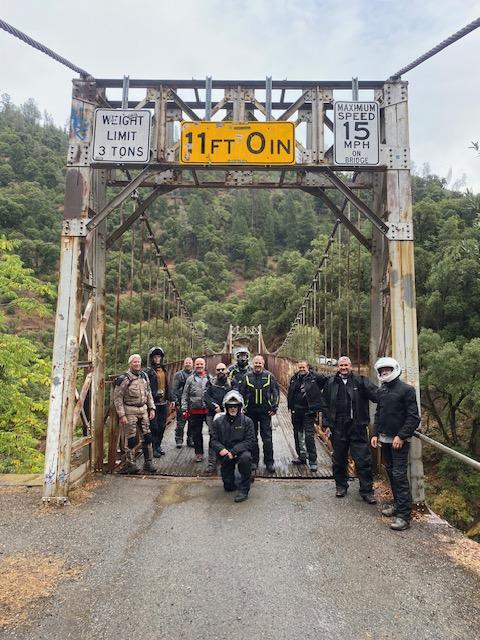Sierra Nevada Adventures Single Day Rides
American Canyon Ride
 AMERICAN CANYON ADVENTURE RIDE
AMERICAN CANYON ADVENTURE RIDE
Here’s your opportunity to EXPLORE a remote canyon via historic wagon routes to Gold Rush sites in the American River Canyon. This dual-sport adventure ride explores exciting OFF-ROAD wagon routes, historic bridges, and the Gold Rush History of the American River Canyon. This ADVENTURE ride is often described as the “Canyon Ride” due to its awe-inspiring river canyon walls towering 2,000 to 4,000 feet above the river, creating a majestic backdrop for cascading waterfalls within its deeply wooded canyon.
Yankee Jim's History: Gold was discovered on the ridge above the American Canyon in 1850 by a reputed lawless character known as "Yankee Jim" in the place that later took his name. According to historical records, Yankee Jim was in reality, a bandit with a special interest in stealing horses. Yankee Jim built a corral for his stolen horses and placed it on top of the ridge where he discovered gold to keep it a secret. Unfortunately for Yankee Jim news about his discovery of gold spread quickly and prospectors rushed to the area to work the rich Diggins. After miners found out about his horse thievery, Yankee Jim barely escaped lynching and traveled to Southern California where he was recognized and hanged for his crimes. Yankee Jims Diggins quickly became a boomtown  and one of the most important mining towns in Placer County. By 1852 the Jenny Lind mind was discovered and hydraulic mining was introduced to the Yankee Jim’s area. By 1853 the first mining ditch in Placer County was constructed in this area which provided the water needed for the highly productive hydraulic mining. During the 1850s the town of Yankee Jim’s was an important trading center to the mines in the vicinity and the steep & deep wagon road on the North Fork of the American River canyon became the main thoroughfare for every type of traveler, from heavy wagons carrying mining equipment and supplies to solitary characters on horseback to prospectors on foot. By 1868 the mines in the Yankee Jim’s area had produced more than $10 million in gold and large-scale hydraulic mining continued until the early 1880s. The dual-sport rider of today who seeks adventure will travel the same historic Yankee Jim’s dirt wagon road and unique suspension bridge which provided the main thoroughfare for the prospectors of the California Gold Rush.
and one of the most important mining towns in Placer County. By 1852 the Jenny Lind mind was discovered and hydraulic mining was introduced to the Yankee Jim’s area. By 1853 the first mining ditch in Placer County was constructed in this area which provided the water needed for the highly productive hydraulic mining. During the 1850s the town of Yankee Jim’s was an important trading center to the mines in the vicinity and the steep & deep wagon road on the North Fork of the American River canyon became the main thoroughfare for every type of traveler, from heavy wagons carrying mining equipment and supplies to solitary characters on horseback to prospectors on foot. By 1868 the mines in the Yankee Jim’s area had produced more than $10 million in gold and large-scale hydraulic mining continued until the early 1880s. The dual-sport rider of today who seeks adventure will travel the same historic Yankee Jim’s dirt wagon road and unique suspension bridge which provided the main thoroughfare for the prospectors of the California Gold Rush.
 The historic Ponderosa Way begins at the top of the ridge where the pavement ends and the adventure begins its journey down into the steep wooded canyon of the North Fork of the American River. As the historic dirt mining road reaches the halfway point the dual-sport rider is rewarded with panoramic views of the deep & steep canyon. Note to the DS Rider, the panoramic views are awesome but due to the steep canyon walls “keep one on the dirt road at all times”. Once you reach the bottom of the canyon you will venture across the wooden planks held up by the steel truss Ponderosa Bridge which spans the free-flowing North Fork of the American River. After your visit to the bottom of the canyon, the historic mining road begins its climb up a series of switchbacks that don’t let up until you reach the top of the ridge.
The historic Ponderosa Way begins at the top of the ridge where the pavement ends and the adventure begins its journey down into the steep wooded canyon of the North Fork of the American River. As the historic dirt mining road reaches the halfway point the dual-sport rider is rewarded with panoramic views of the deep & steep canyon. Note to the DS Rider, the panoramic views are awesome but due to the steep canyon walls “keep one on the dirt road at all times”. Once you reach the bottom of the canyon you will venture across the wooden planks held up by the steel truss Ponderosa Bridge which spans the free-flowing North Fork of the American River. After your visit to the bottom of the canyon, the historic mining road begins its climb up a series of switchbacks that don’t let up until you reach the top of the ridge.
Located high atop a narrow slice of the ridge between the North Fork of the American  River and Indian Canyon is the historic mining town of Iowa Hill. Gold was discovered here in 1853 by a group of miners from Iowa and as no one else was around to object, they named their camp Iowa Hill. By 1856, the mines in the area were producing in excess of $100,000 worth of gold a week but today only the local ruins, relics, and hydraulic mining scare mark the signs of the once-thriving mining town of Iowa Hill.
River and Indian Canyon is the historic mining town of Iowa Hill. Gold was discovered here in 1853 by a group of miners from Iowa and as no one else was around to object, they named their camp Iowa Hill. By 1856, the mines in the area were producing in excess of $100,000 worth of gold a week but today only the local ruins, relics, and hydraulic mining scare mark the signs of the once-thriving mining town of Iowa Hill.
 Lyman Gilmore claimed he “Flew his Airplane” 3 miles on May 15, 1902 (1 year and 7 months before the Wright Bros.) He owned several mines around Iowa Hill, including the Gilmore Mine where he mined for gold to support his aviation experiments and inventions. All his life Gilmore maintained that he could visualize in complete detail every one of his inventions and that a voice told him what to build and how to build it. That voice gave him the plans for a single low-wing construction, a monoplane. At the same time, he conceived of an all-metal fuselage, an enclosed cabin, and a retractable landing gear. He put these ideas on a master drawing which was signed, witnessed, and dated April 27, 1893.
Lyman Gilmore claimed he “Flew his Airplane” 3 miles on May 15, 1902 (1 year and 7 months before the Wright Bros.) He owned several mines around Iowa Hill, including the Gilmore Mine where he mined for gold to support his aviation experiments and inventions. All his life Gilmore maintained that he could visualize in complete detail every one of his inventions and that a voice told him what to build and how to build it. That voice gave him the plans for a single low-wing construction, a monoplane. At the same time, he conceived of an all-metal fuselage, an enclosed cabin, and a retractable landing gear. He put these ideas on a master drawing which was signed, witnessed, and dated April 27, 1893.
During the following years, he had many other inventions but his strange ideas and uncooperative behavior made him a ridiculed and isolated man. Such an attitude prevented him from actually accomplishing as much as he could have. Under different circumstances, we could have had the use of the airplane a full generation earlier. In addition, Gilmore actually had no business sense but posed a suspicious nature and an almost childish proprietary attachment to his inventions. That, sadly, is why he did not realize any financial gain from his efforts and why the world did not make use of many of his creations. On February 4th, 1951 Layman had a heart attack, While in the hospital attendants cut off his long beard and hair. He was also very upset when he discovered that they had burned the old long coat he always wore. Understandably so.
 History: BULL-and-BEAR-FIGHTS: Today, located on a remote ridge high above one of California’s Great Western Canyons is a small sign on a large tree marking the site of a historic “Bull-and-Bear-Pit” from the California Gold Rush. It’s hard to imagine now, but the cruel blood sport between Bulls and Grizzly Bears was once part of people’s Sunday routines in gold-mining towns in the Sierra Nevada. Before the arrival of the Spanish in the 16th century, it was estimated that California held over 10,000 grizzly bears. In the 19th century, California grizzlies were feared and sought for their intrinsic fighting qualities, especially when coerced into combat with a bull—an event that served as entertainment for a crowd on many Sunday afternoons. Bear-baiting was brought to California by the conquistadors, but the sport itself was as old as Rome. London in the Middle Ages built great amphitheaters known as bear gardens to host the events. But in 19th-century California, the venues were more temporary and cruder. Often known as
History: BULL-and-BEAR-FIGHTS: Today, located on a remote ridge high above one of California’s Great Western Canyons is a small sign on a large tree marking the site of a historic “Bull-and-Bear-Pit” from the California Gold Rush. It’s hard to imagine now, but the cruel blood sport between Bulls and Grizzly Bears was once part of people’s Sunday routines in gold-mining towns in the Sierra Nevada. Before the arrival of the Spanish in the 16th century, it was estimated that California held over 10,000 grizzly bears. In the 19th century, California grizzlies were feared and sought for their intrinsic fighting qualities, especially when coerced into combat with a bull—an event that served as entertainment for a crowd on many Sunday afternoons. Bear-baiting was brought to California by the conquistadors, but the sport itself was as old as Rome. London in the Middle Ages built great amphitheaters known as bear gardens to host the events. But in 19th-century California, the venues were more temporary and cruder. Often known as  “Bull-and-Bear-Pits,” the crude arenas were built of split-board fencing and reinforced with heavy logs and adobe. A raised viewing platform was constructed for women and children, a family affair, while the men remained on horseback outside the barricades, raetas (braided-oxhide lassos), rifles, and revolvers at the ready just in case the bear decided to climb its way out of the pit.
“Bull-and-Bear-Pits,” the crude arenas were built of split-board fencing and reinforced with heavy logs and adobe. A raised viewing platform was constructed for women and children, a family affair, while the men remained on horseback outside the barricades, raetas (braided-oxhide lassos), rifles, and revolvers at the ready just in case the bear decided to climb its way out of the pit.
Bull and Bear fight as a sport in Iowa Hill, CA as reported in Pittsburg Daily Post 8-15-1854 A great bull-and-bear fight occurred on the 4th, at Iowa Hill, California. A fearful scene occurred. The bull was wild, and the bear, a grizzly of large size, was caught a few weeks previously. The instant the animals beheld each other they made a spring. the bear raising himself to strike, and the bull ready to plunge. The contest was tremendous, and in about twenty minutes the bull with one ear bitten off, his nose torn and neck severely mangled, laid his ferocious adversary completely dead in the center of the arena. The owner of the bull offers to let him fight any bear not exceeding him in weight, that can be produced, for a wager of any sum between $1000 and S5000.
Event Details:
Single-Day Tour: (15 to 20 riders with 20 riders max)
This adventure ride is designed for (650cc+) to (1250cc+) dual-sport adventure bikes.
Off-road terrain is rated mild to moderate and has lots of adventure.
Ride distance approx. 175 miles round trip (75 miles dirt roads)
Gas stops (130-mile range required)
MEETING TIME: 8:30 a.m. (ride starts at 9:00 a.m.)
MEETING LOCATION: Starbucks Folsom CA.
195 Placerville Road, Folsom CA. 95630
Arrive in the morning with a full tank of gas.
Ride returns to Folsom CA. (approx. 5:00 p.m.)
MEALS (Meals not included)
Bring water, snacks, and lunch.
OPTIONAL HOTEL Prior to Event: (Hotel not included)
Riders are responsible for booking their hotel reservations.
-Hampton Inn and Suites, 155 Placerville Rd, Folsom, CA 95630 (916) 235-7744
Additional hotels are available in Folsom CA.
Truck/trailering your bike? Parking is available at the meeting location.
QUESTIONS email: info@SierraNevadaAdventures.com
Still Have Questions?




.jpg)
.jpg)
.jpg)
.jpg)
.jpg)
.jpg)

.jpg)

.jpg)



.jpg)
.jpg)
.jpg)
.jpg)




.jpg)
.jpg)